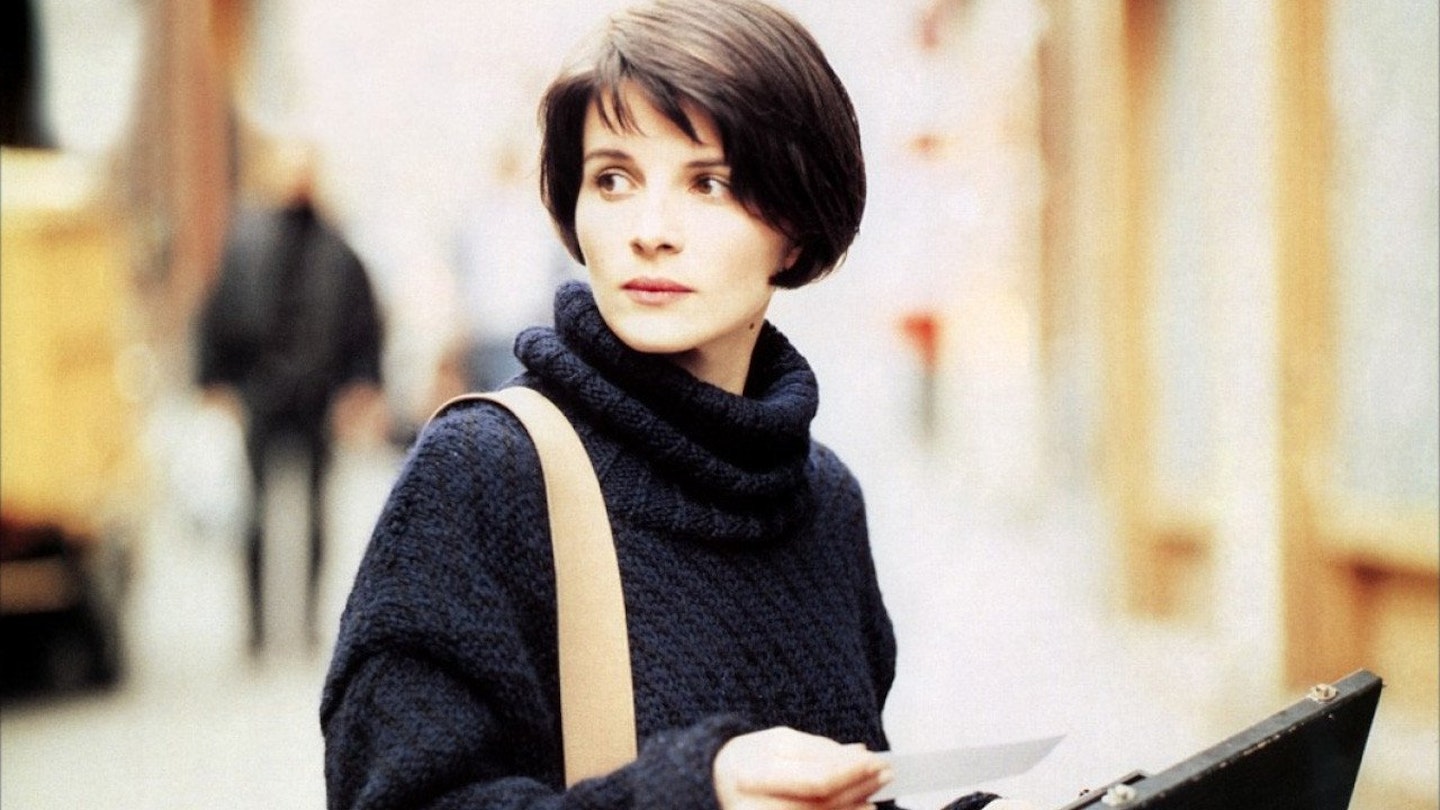The First of the three films from the director of A Short Film About Killing and The Double Life Of Veronique, each meditating on one of the ideals of the French Revolution and corresponding to a colour in the French flag, this dwells on liberty.
Surviving a car crash that claims the lives of her famous composer husband and five-year-old daughter, Julie (Binoche) cuts herself off from her wealthy country life and makes an anonymous new start in a Paris flat. However, her attempts to free herself from her past are thwarted : a persistent lover tracks her down, and she is haunted by music from her late husband's unfinished piece celebrating European unity which, it is heavily hinted, she had a hand in writing — a fact that is flagged as significant but that ultimately leads nowhere.
A typically frosty and impenetrable performance from Binoche fails to clarify exactly what's on this film's mind, though her broody unsociability is eventually knocked out of her by the revelation that her late husband was having an affair. To call this cryptic would be to flatter it with the proposition that it makes some sort of skewed sense, but what lifts it out of the doldrums is Kieslowski's fascinating use of reflections, focusing techniques and camera angles to give the somewhat pedestrian material a profound and otherworldly East European feel.
